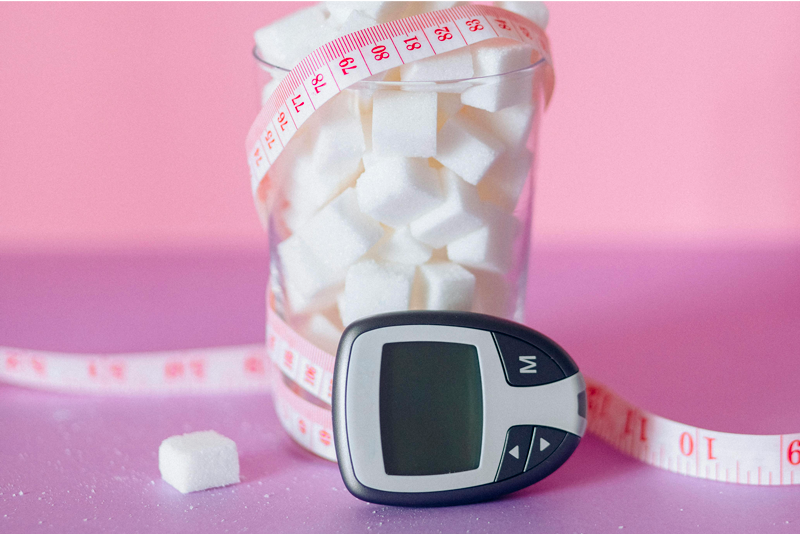
Certain signs may precede the onset of diabetes. This is called pre-diabetes (or glucose intolerance). This is an intermediate stage between a so-called “normal” blood sugar level and what is known as a “diabetic” blood sugar level, characterised by a blood sugar level between 1 and 1.26 grams of glucose per litre of blood. The main feature of this condition is that it is reversible. That makes it essential to recognise the symptoms in order to reverse the trend, return to normal blood sugar levels and reduce the risk of developing diabetes. Focus on the signs of pre-diabetes.
Polydipsia: one of the most common symptoms of prediabetes
This rather unwieldy name refers to one of the most common phenomena in people with pre-diabetes. Polydipsia is simply frequent, intense and recurrent thirst.
This is down to a relatively simple mechanism. In a pre-diabetes situation, the human body does begin to lose the metabolic capacity to regulate its blood sugar. The human body then develops resistance to insulin and the pancreas, in response to this, begins to produce more insulin, thus exhausting it.
The body will then activate new mechanisms to fight against hyperglycaemia, notably by eliminating glucose through the urine. To dissolve glucose, the body needs a lot of water, which it draws from the muscles and tissues.
This process leads to more frequent urination (polyuria) and thus to dehydration, which causes polydipsia (or anadipsia).
Obesity and waistline: signs to watch out for
One of the symptoms of pre-diabetes is the accumulation of fat in the body, particularly in the waist, hips, stomach and abdomen. It is the result of an imbalance between the amount of calories ingested and those expended by the metabolism (notably through physical activity). This imbalance is one of the main causes of pre-diabetes, and therefore of diabetes.
In a pre-diabetic individual, the accumulation of fat is explained by the disruption of blood sugar levels. Normally, when a person consumes glucose, the pancreas releases insulin to maintain normal blood glucose levels.
However, when the body is overtaxed, it becomes exhausted and insulin is less effective. As a result, the liver is quickly overwhelmed by the presence of sugar in the blood and its ability to process fats decreases. These accumulate in the liver, digestive organs and muscles, which can lead to a larger than normal waistline.
Impaired general health
Pre-diabetes is accompanied by a change in a person’s general health. Indeed, the efforts of the body to try to regulate blood sugar levels can be very tiring and interfere with the daily life of the person with pre-diabetes.
In its effort to regulate blood sugar, the body can go through phases of hyperglycaemia, the symptoms of which can be expressed in various ways: constant fatigue, drowsiness, dizziness, but also irritability, stress or even painful tingling in the extremities.
In addition, prediabetes can result in high blood pressure and abnormal cholesterol levels. High blood sugar levels result in increased blood viscosity. Blurred vision and the appearance of blotches on the skin may also be signs.
Prediabetes is accompanied by many symptoms that suggest a disruption in blood sugar levels. A doctor’s examination will confirm the diagnosis. Watching for these warning signs can help you change your habits to reverse the trend and prevent the onset of diabetes.
Source : https://www.diabete.qc.ca/en/
Our latest publications
Want to learn more about topics related to blood sugar management?
Here are our most recent blog posts!



